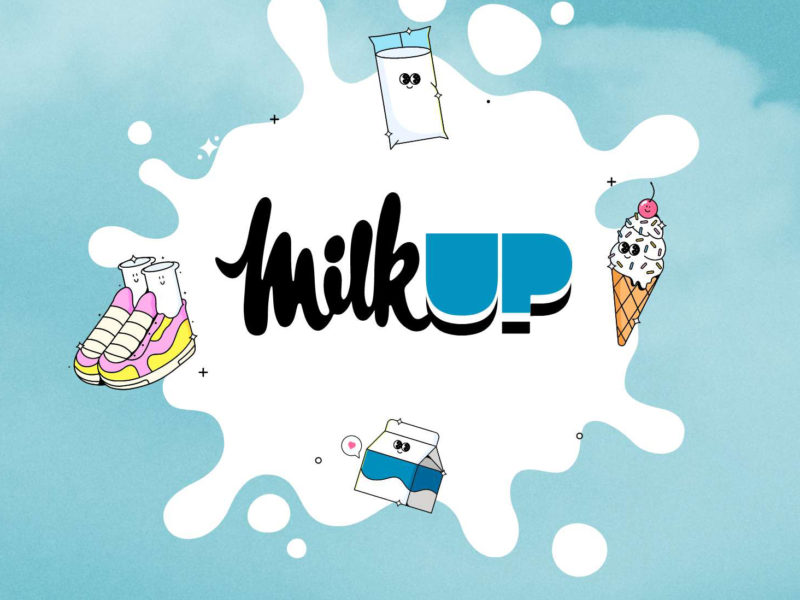The return of in-person meetings for many producer groups is also bringing a fresh emphasis on the future.
This was particularly true for members of Mainland Milk Producers, who gathered for their fall meeting in Abbotsford, November 9, and listened to several presentations about the importance of securing markets as consumer behaviour continues to evolve and imports increase.
Consumer demand this fall has lagged expectations, while concessions granted under trade deals with the EU, Pacific Rim nations and the US mean dairy producers will soon be serving just 82% of the domestic market. Processors and consumers have options, and domestic producers need to make sure they’re a first option.
“Without a market, you don’t have revenues,” says Zahra Abdalla-Shamji, policy and industry affairs director with the BC Milk Marketing Board. “If you don’t make good strategy decisions today, then you will continue to lose those markets to other players.”
With fluid milk production “a dying art” and demand shifting to value-added products such as cheese, she says the industry needs to innovate. Projects such as the Dairy Innovation West milk concentration plant in Alberta, set to break ground in 2022, will ensure producers can move product efficiently, but there’s also a need to develop new products. She flagged shelf-stable dairy products as a growth area where producers should be investing their efforts.
But new and existing products all needed to be backed by spending on promotions.
“Promotion is huge. Right now the products that are doing well are because they have dollars behind them, and they are being promoted,” says Abdalla-Shamji. “If you’re not promoting, you’re probably going to lose that market.”
Ontario’s dairy industry has spent millions promoting itself, she says, a strategy that has helped it hold its own.
“Ontario wants the market, at any cost. And they do their own promotion,” she says. “When you don’t have a market you can’t sell your product.”


 Quick action on allegations
Quick action on allegations